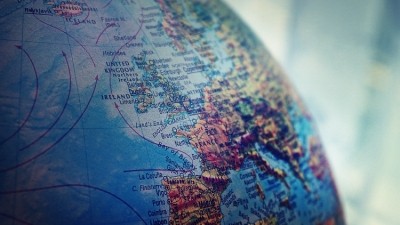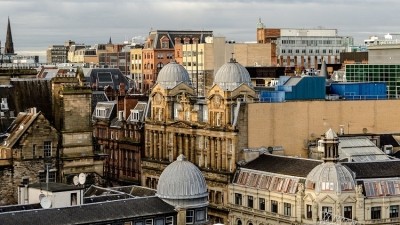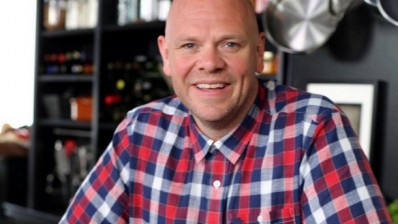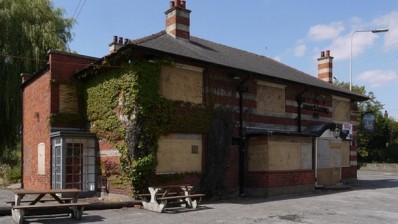‘No hard evidence on curfew’ admits Gov adviser Vallance
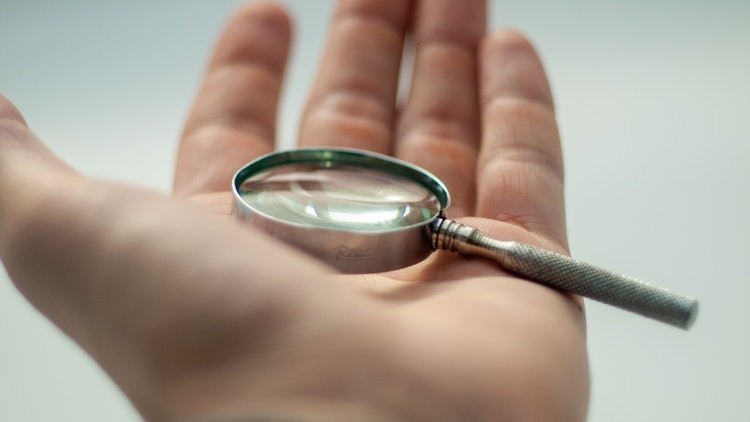
Vallance and chief medical officer Chris Whitty were asked if there was something that could be done in the structure in scientific advice that could be a bit more forensic about those restrictions on the sector that have a very big impact on certain people.
The scientific advisers said they are trying very hard to get data but can’t give specific data on it, and nor can anyone else across the world.
He told the Commons health and science committee: “There’s no real hard evidence on curfew times. What you can see across Europe, and indeed in this country, is keeping people together longer are in an indoor environment, where there’s also alcohol, is likely to increase risk.
“Therefore, that was a policy decision around trying to reduce the potential of interactions. It’s not something you can model with any degree of accuracy and say a particular time will give you a particular result."
Vallance pointed to the research around restrictions on the sector was based on measures being taken around the world.
Outbreak data
He added: “If you look at the data around hospitality, what you have is a series of environmental factors.
“The fact people can’t wear masks, you’re meeting with lots of people who you wouldn’t normally mix with, you’re in an indoor environment, in some cases ventilation may not be adequate and so on.
“The second area is you look at case control studies and they’re not very strong but they do suggest there is an increased risk in those settings, [it’s] much stronger when you look at occupational risk, you can clearly see there’s a risk to those who work in hospitality, again suggesting there’s a risk there in that particular sector.
“Then if you look at outbreak data from across the world and you see events from specific hospitality environments and you see super-spreading events.
“So there’s a range of data but it’s just not possible to model that with any degree of accuracy and say what differences [there are].”
Chief medical officer Chris Whitty also said looking around the globe, there were very few places that had been able to control the spread while hospitality remained open and unaffected.
Circumstantial evidence
Vallance added: “If you look at the effect of the tiers, it was only when hospitality was shut that you could see the cases coming down.
“Again, it’s all circumstantial evidence but it points in the direction [Whitty] alluded to and the conclusion other countries have come to.”
This follows the Government being urged to review its ‘evidence’ on the risk of coronavirus transmission in hospitality.
The policy paper, which was published last week (27 November), titled ‘Transmission risk in the hospitality sector’ claims there are four types of evidence currently available to understand where transmission is occurring including examples from studies in other countries.
It adds while each type has limitations, “they are consistent in supporting the view that hospitality venues are a significant risk for transmission”.
One point is a combination of environment and behavioural factors – higher risk contacts are in areas that are close, prolonged, indoors, face-to-face, in poorly ventilated and/or crowded spaces or involve “loud” activities.
